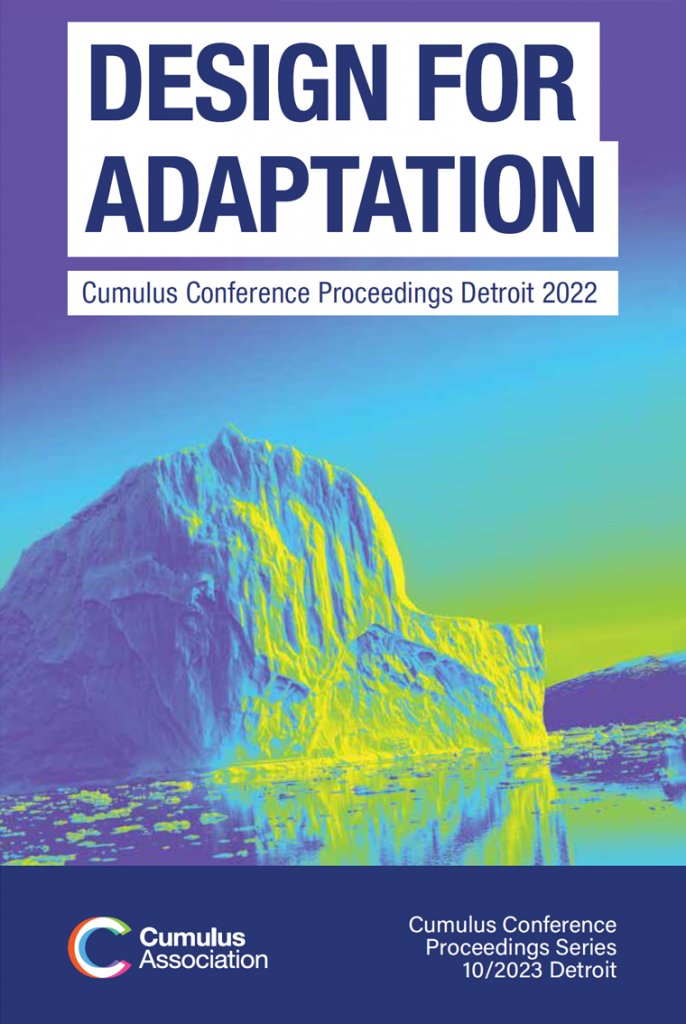Manufacturing companies play a key role in climate change. Through their use of resources and their activities, they release tonnes of greenhouse gases daily (McKibben, 2012). However, they also have the opportunity to be part of the solution to this problem by incentivising virtuous behaviour and changing themselves (Seelos & Mair, 2005). This can only happen through the introduction of a sustainable culture within the daily practices of all corporate figures, especially in decision-making and design processes (Faludi et al., 2020; Mosca et al., 2015). Strategic design for sustainability (SDfS) is closely linked to both and is capable of supporting practices and principles to enable the desired change (Manzini & Vezzoli, 2003; Gallego et al., 2020). To successfully implement a SDfS approach within an organisation, it is important to understand what the barriers are that prevent its integration and what the typical capabilities of strategic design and sustainability are that need to be implemented to overcome them. Through collaboration with an Italian company in the corrugated packaging sector, it was possible to conduct observations and six semi-structured interviews with company figures involved in the design and managerial decision-making process. By triangulating the data (Denzin & Lincoln, 2005) with the literature, it was possible to identify eight barriers and ten soft skills and capabilities necessary to overcome them. The analysis of the results shows that within the SDfS approach, capabilities such as multidisciplinary collaboration, communication, and negotiation are fundamental for company improvement and play a primary role in overcoming five out of eight barriers. Only through dialogue and collaborative learning it is possible to work together to tackle climate change and act for sustainability (Galimberti, 1994; Johnson et al., 2000). Systemic thinking and future thinking are common to both strategic design and sustainability because of the need to look holistically at different aspects and stakeholders’ interests but also to envision and achieve desirable futures (Hess et al., 2015; Zurlo, 2022). Finally, skills such as data interpretation and visualisation can be seen as serving others by helping in the clarification and transmission of concepts and knowledge (Buhl et al., 2019; Papile et al., 2020).
